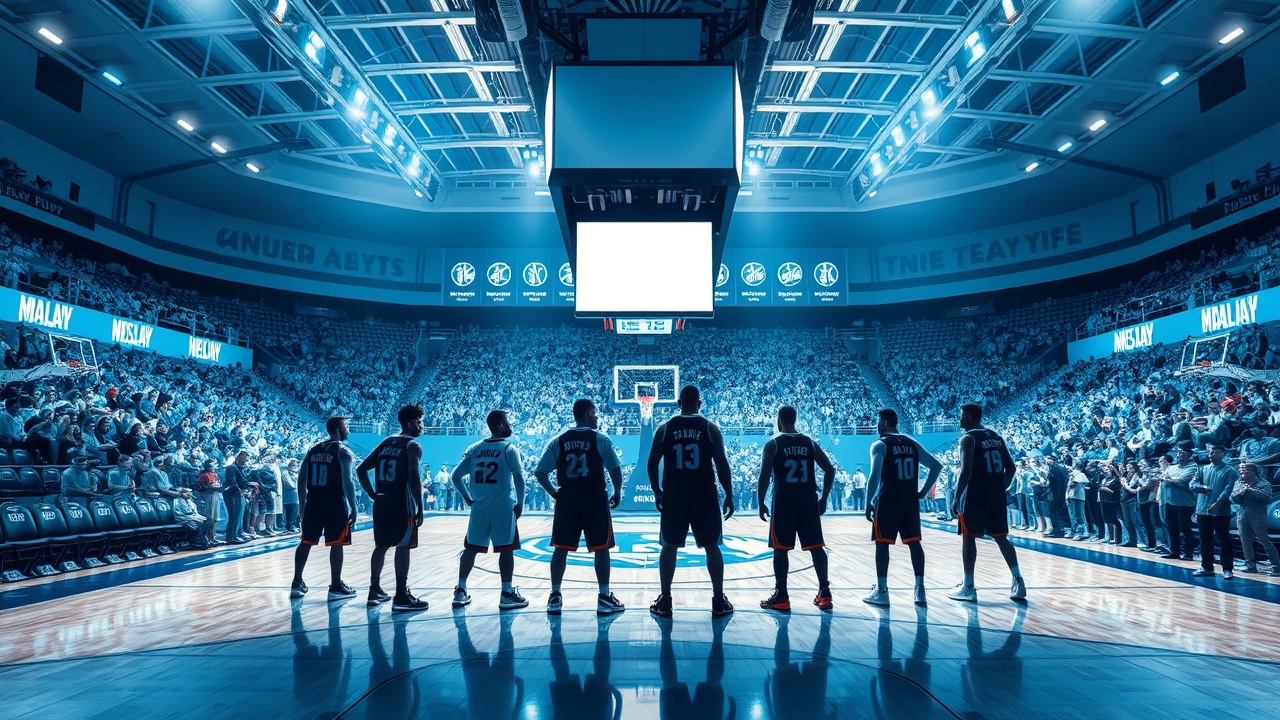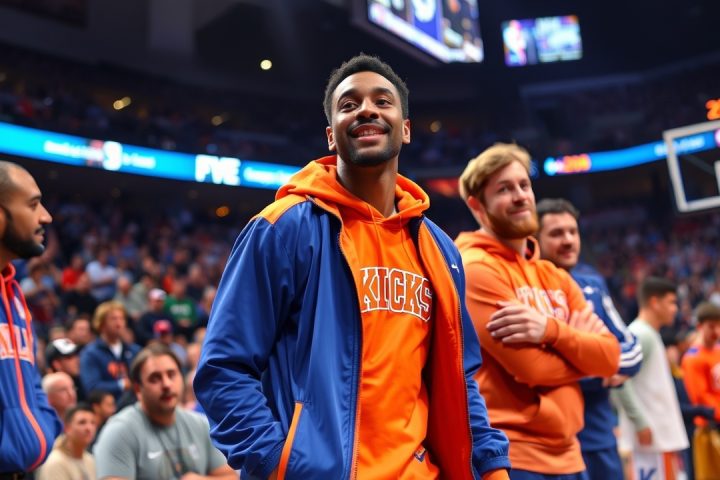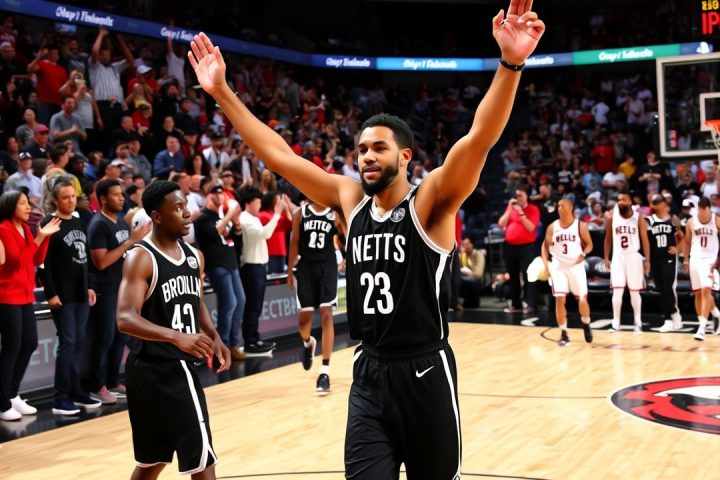The Impact of the 2023 Collective Bargaining Agreement
The NBA is witnessing a seismic shift due to new regulations stemming from the 2023 collective bargaining agreement, specifically the introduction of the salary cap’s second apron. This recent policy, fully activated only at the beginning of the last offseason, has established a more equitable framework by limiting high-spending teams that exceed the cap threshold from making sweeping roster changes.
Consequently, teams that invest heavily in talent, such as accumulating All-Stars, encounter long-term ramifications for their roster composition as a result of these financial regulations. An Eastern Conference general manager summarized it succinctly, stating,
“The second apron rules do not allow a team to jump to the head of the line in how you build a roster.”
He warned that adding high-salary veterans via trades can shorten a team’s competitive timeline.
Recent Transactions and Their Consequences
The effects of these regulations have already become apparent, particularly through transactions conducted in 2023 and 2024. For example, the Phoenix Suns secured Kevin Durant and Bradley Beal through trades in prior seasons, while this summer the Milwaukee Bucks acquired Damian Lillard—decisions that would now be impossible under the stringent cap rules in effect after the new agreement.
Fast forward to now, all these teams are grappling with roster consequences of their past decisions: in 2024, Durant, Porzingis, and Holiday were traded, Beal may be waived, and Lillard’s enormous contract was restructured by the Bucks to facilitate the addition of Myles Turner.
Team Strategies Under Financial Constraints
Boston Celtics President Brad Stevens acknowledged the impact of the second apron restrictions while describing the limitations on their roster maneuvering.
“We’ve been limited in what tools we can use with where we are right around the second apron,”
he explained, alluding to specific prohibitive rules such as restrictions on cash trades and the exchange of future draft picks when lingering over the designated threshold. Despite this, teams are still allowed to re-sign their own players. For instance, the Cleveland Cavaliers managed to secure Sam Merrill with a substantial contract, even as they exceeded the second apron, which only exacerbated their luxury tax issues.
Recent high-spending franchises illustrate the diverse strategies adopted to navigate these newly imposed financial boundaries. The Celtics, Suns, and Timberwolves have emerged as foundational members of the so-called “Second Apron Club.” They not only exceeded the cap limit for the 2024-25 season, incurring steep luxury taxes, but also froze their 2032 first-round picks as a result.
Future Implications and Team Decisions
Upon winning the championship in 2024, the Celtics now face difficult roster decisions. With star player Jayson Tatum sidelined for much of the following season due to a serious injury, the need to reassess their financial commitments has become critical. Consequently, they traded both Jrue Holiday and Kristaps Porzingis in moves driven by the need to reduce their salary from a staggering $550 million payroll, aiming to operate just above the second apron threshold moving forward.
The Timberwolves also strategically maneuvered out of imminent apron issues by trading high-salaried players like Karl-Anthony Towns for more manageable contracts and extending Rudy Gobert at a reduced rate. They are now exploring opportunities to avoid second apron penalties next season while retaining a solid roster from last year’s playoff run.
Meanwhile, in Phoenix, owner Mat Ishbia remains bullish on pursuing championship talent despite the financial perils that came with loading the roster. His team’s acquisition strategy led to colossal mistakes, leaving them with a roster financially tied to high salaries that underperformed, causing the Suns to reconsider their position moving forward. After discussions of a buyout for Beal and trades aimed at reshaping the team, the franchise aims to escape the financial constraints of the second apron.
In contrast, the Cavaliers have taken a different route, maintaining the core of their roster despite the financial burden. Their commitment to keeping a promising group intact reflects their belief in the team’s potential, even as they now venture into the labyrinth of the second apron area with severe penalties for future drafts.
Conclusion
As other teams like the Oklahoma City Thunder and the Orlando Magic find their way through these guidelines, the delineation between frugality and financial ambition will continue to define their approaches. The NBA, in adapting to these rules, marks a significant shift in team-building philosophies as franchises learn to balance the attraction of star players with the necessitated caution in navigating their financial futures under the watchful eye of the cap’s second apron. The implications of these regulations will undoubtedly influence the league’s landscape for years to come.




